My Quest for the Best Coffee
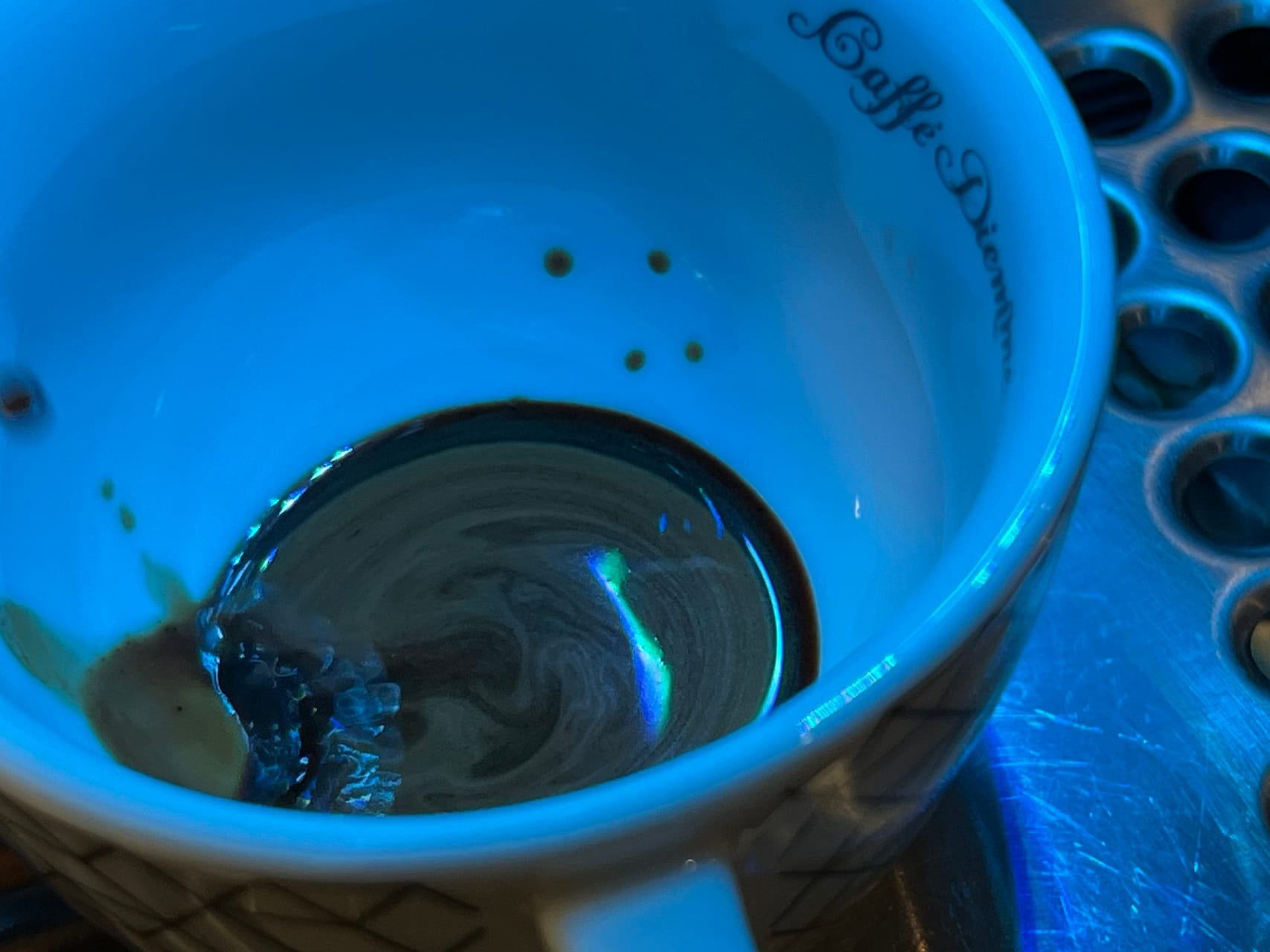
Today I’m going to tell you about a journey that started when I was quite young — my quest for the best coffee.
I’ve associated coffee with positive thoughts since childhood because my parents drank it at home. We were a strong family. Being from Sicily, coffee was part of our ritual, something deeply ingrained in everyday life. I always took it for granted that coffee belonged to Italian culture — to being with my parents, to visiting family and friends.
When I was a kid, we lived in France, close to the Italian border, and every year we drove all the way to Sicily for holidays. Those road trips meant stopping on the highway so my parents could grab coffee and we could get food. As a child, those stops were magical — the smell of fresh coffee, counters filled with pastries and sandwiches, grilled panini, sweets of every kind. Even today, at almost 48, I smile remembering how much I associate that smell with Italian holidays.
So there’s a strong connotation: coffee equals Italy, equals holidays, equals good times, equals relaxation. That’s the foundation of where my quest began.
In my twenties, coffee wasn’t a big deal. I lived alone, had a small moka pot, and often drank coffee at cafés in Prague, where I’ve lived for years. It wasn’t something deeply ingrained yet.
Everything changed when I met my wife. Early on, I had the unpleasant experience of being offered instant coffee — the three-in-one type with sugar, milk, and powder. I didn’t take it as a personal offense, but I thought, If we’re going to live together, this needs to change.
We bought a moka pot and started experimenting. It was frustrating. One day the coffee was too watery, another too strong, sometimes it wouldn’t brew at all. I didn’t have my mother’s instinct for it.
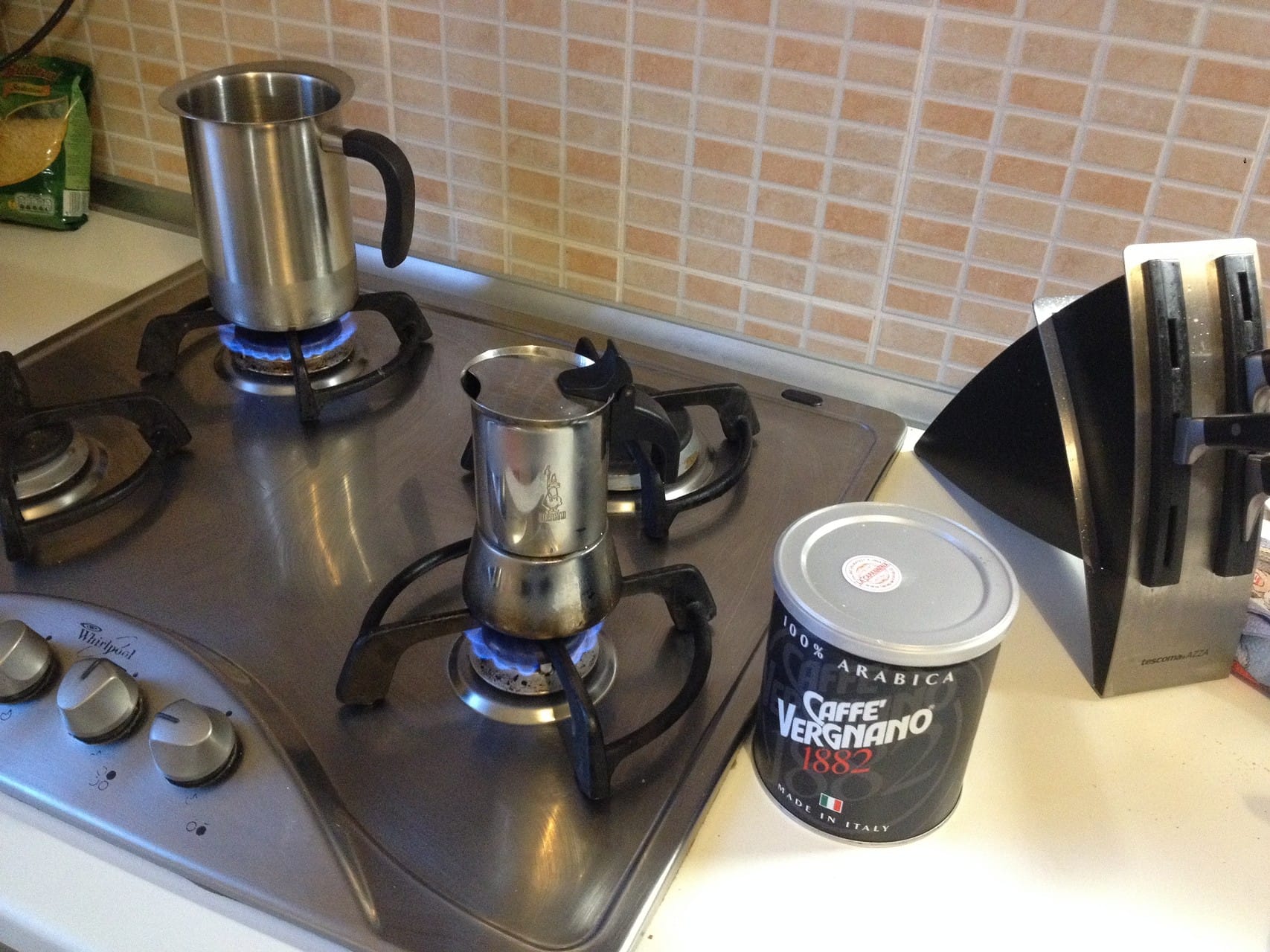
This became an obsession. I had a basic grinder that didn’t perform well. The grind was inconsistent and unsatisfying. I began looking for options. I didn’t want one of those automatic office-style machines that made terrible coffee. What I wanted was consistency — a coffee that would taste the same every day, with the same texture and structure.
So we bought a Nespresso machine — one of the higher-end models. It worked well and delivered consistent results, but I disliked the capsules. When the company called asking me to reorder, I always replied, “I’d love to, but yours are terrible, so I’m ordering from Italy.”

I switched to Caffè Borbone from Naples, which was decent, and things were fine for a few years. But after three or four years, the machine began to fail. Repairs were expensive, and even though I regularly descaled it, I ended up spending almost half the price of the original machine on maintenance. That’s when I decided it was time for a change — and probably not another Nespresso.
A Cultural Detour
For me, coffee means espresso. I’m drinking one as I write this. Culturally, we tend to believe that our own way is the right way, and that mindset was deeply ingrained in me.
As someone born in Sicily, raised in France, I can admit that we have a certain level of cultural pride — or perhaps snobbery — when it comes to food. It’s not arrogance, but a deep attachment to quality and tradition.
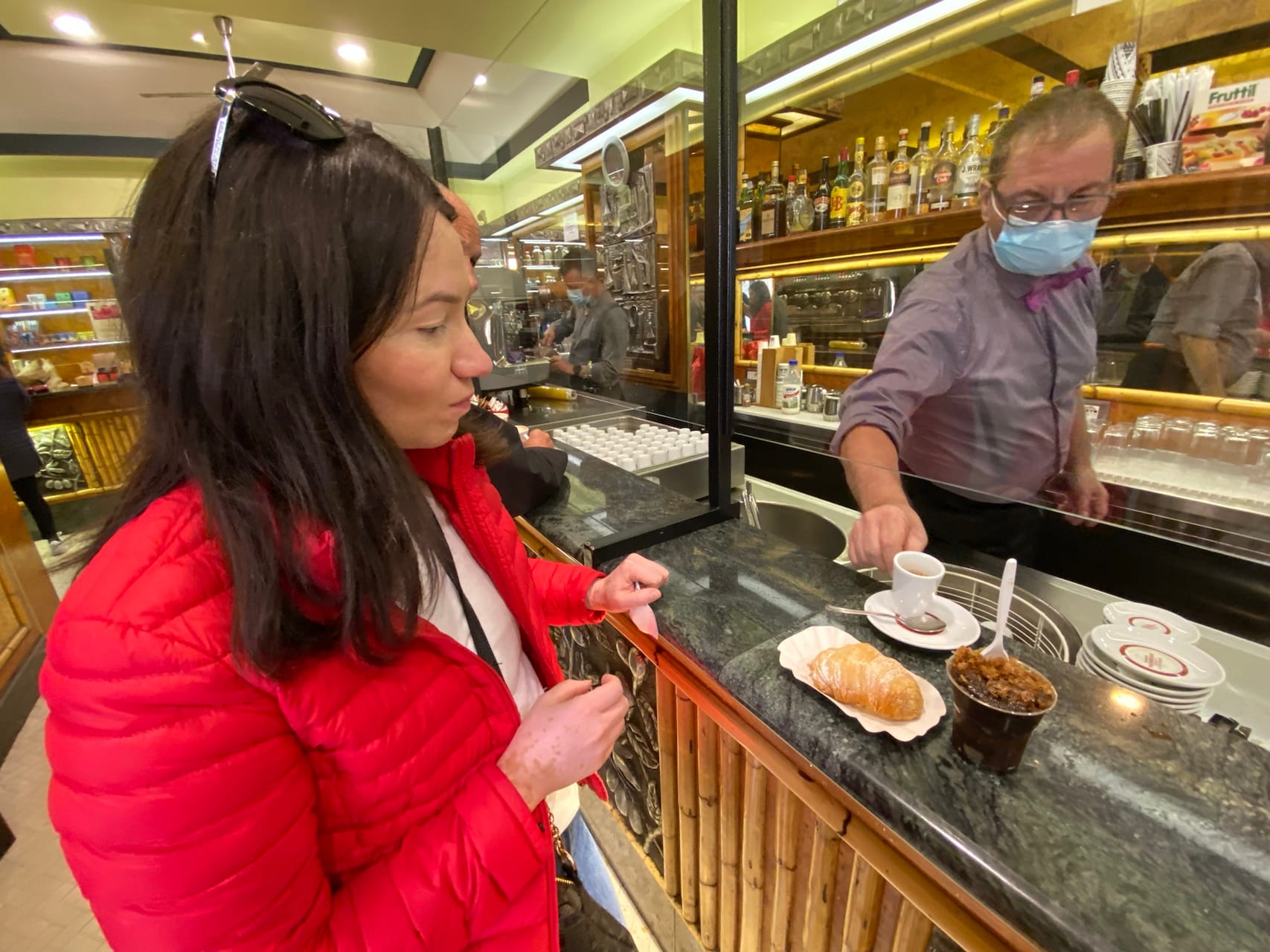
Around 2015, I began traveling more, thanks to my friends at Tech Field Day, which brought me to the United States. There I experienced coffee in a completely different context: hotel jugs of burnt coffee in the morning, Starbucks with all its flavors and sizes.
In 2019 or 2020, during a discussion in a car with some fellow delegates, I had a realization: coffee is whatever you want it to be. For me, it’s espresso — or maybe cappuccino, or flat white. But in the U.S., coffee often means something entirely different, even though it comes from the same beans.
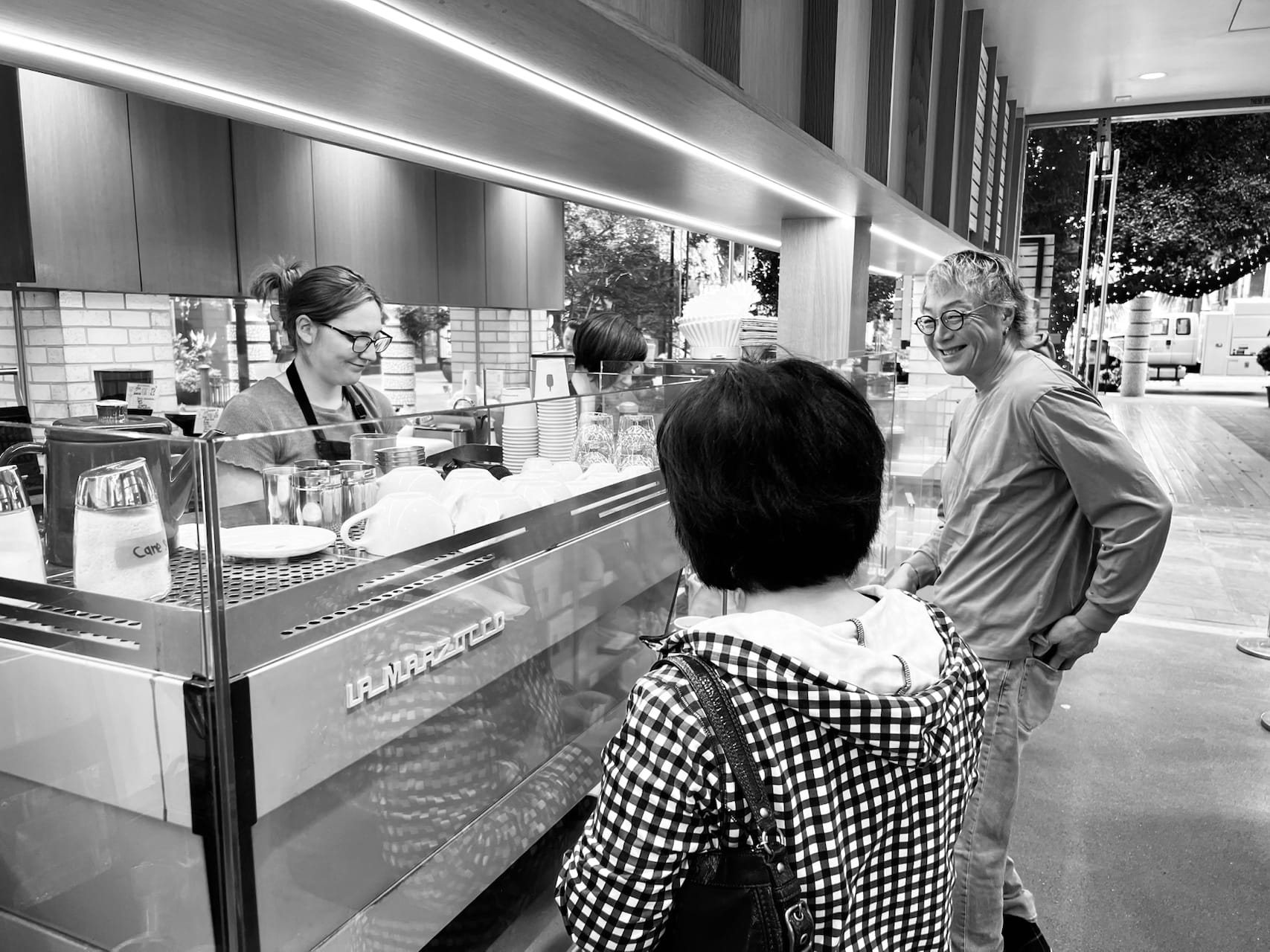
That conversation opened my eyes. I understood that everyone has their own version of what coffee means, and all of them are valid. It was a humbling moment. I still have my preferences, but I’ve learned to respect others’.
Finding the Right Setup
After that, I decided to settle for a new setup: a Rancilio Silvia machine with a PID module and a Eureka grinder. I’ve been happy ever since, but it wasn’t easy.
Learning to use a semi-professional machine took time. It took a month to froth milk properly and almost a year before I could make foam I was proud of. Depending on the type of milk — especially the fat content — the results changed, so I learned to be mindful about what I buy.
That first day of frothing milk was chaos. I must have wasted three or four liters trying not to splash it all over the kitchen (I failed miserably). It was a true lesson in humility. I thought I knew it all, and then I realized I didn’t.
YouTube became my best teacher and, interestingly, most of the best tutorials were from English-speaking baristas.
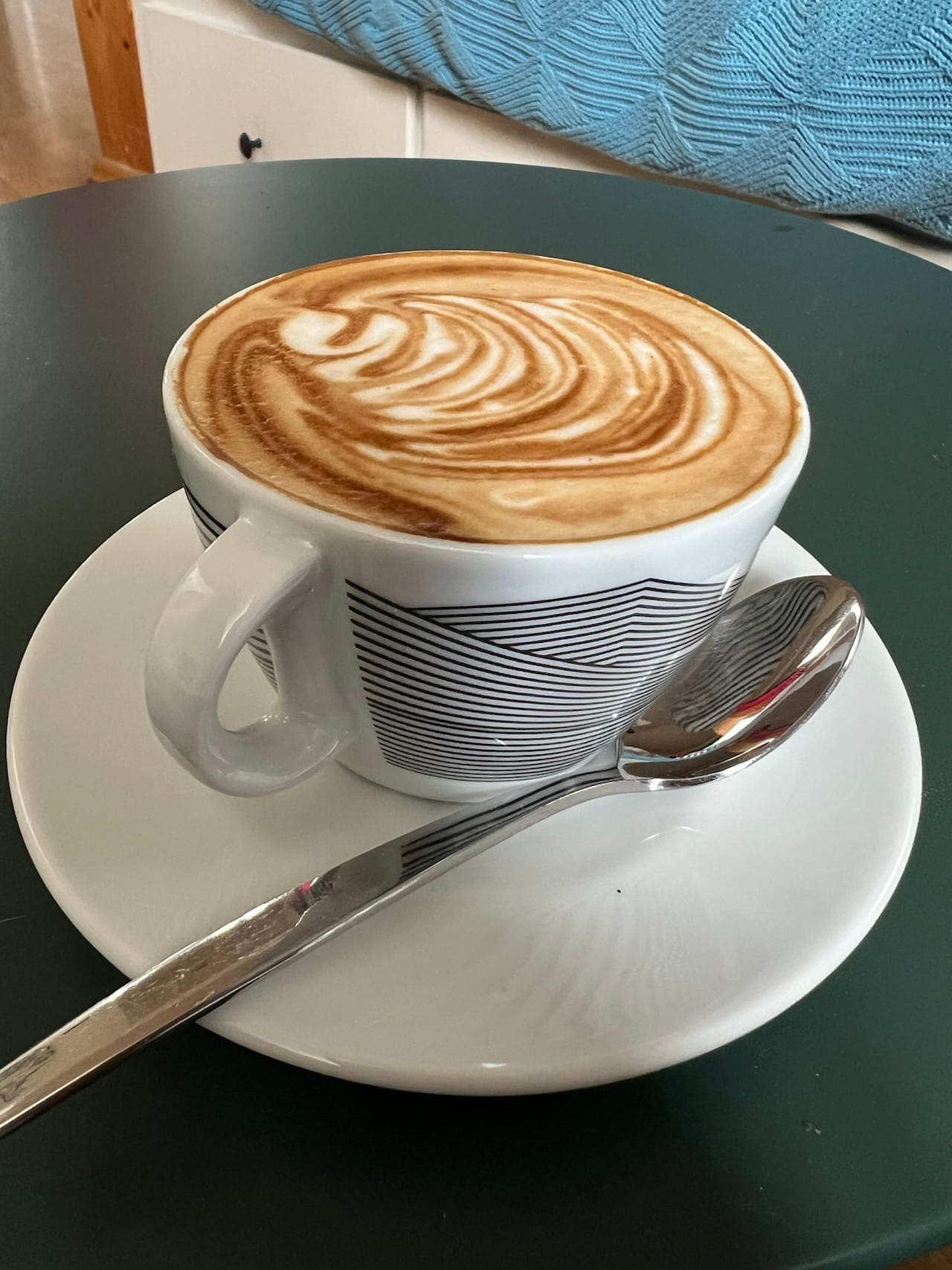
Grinding was another challenge. The Eureka Magnifica’s continuous adjustment wheel offers no clear markings, so I had to create a visual reference on paper to track the settings. I spent countless hours calibrating the grind and adjusting the extraction temperature — finally stabilizing it around 95°C.
Then came the beans. Friends recommended Passalacqua, a Neapolitan brand they swore by. They were right: it’s outstanding. My mother's cousin, an adorable and venerable elder woman who ran a Catholic school in Naples for many years, confirmed it when I told her about my setup: “I hope you drink Passalacqua,” she said. That was all the validation I needed.
I’ve been drinking Passalacqua Cremador ever since. It’s smooth, rich, and never acidic. I enjoy experimenting when I go out, but at home, that’s my standard.
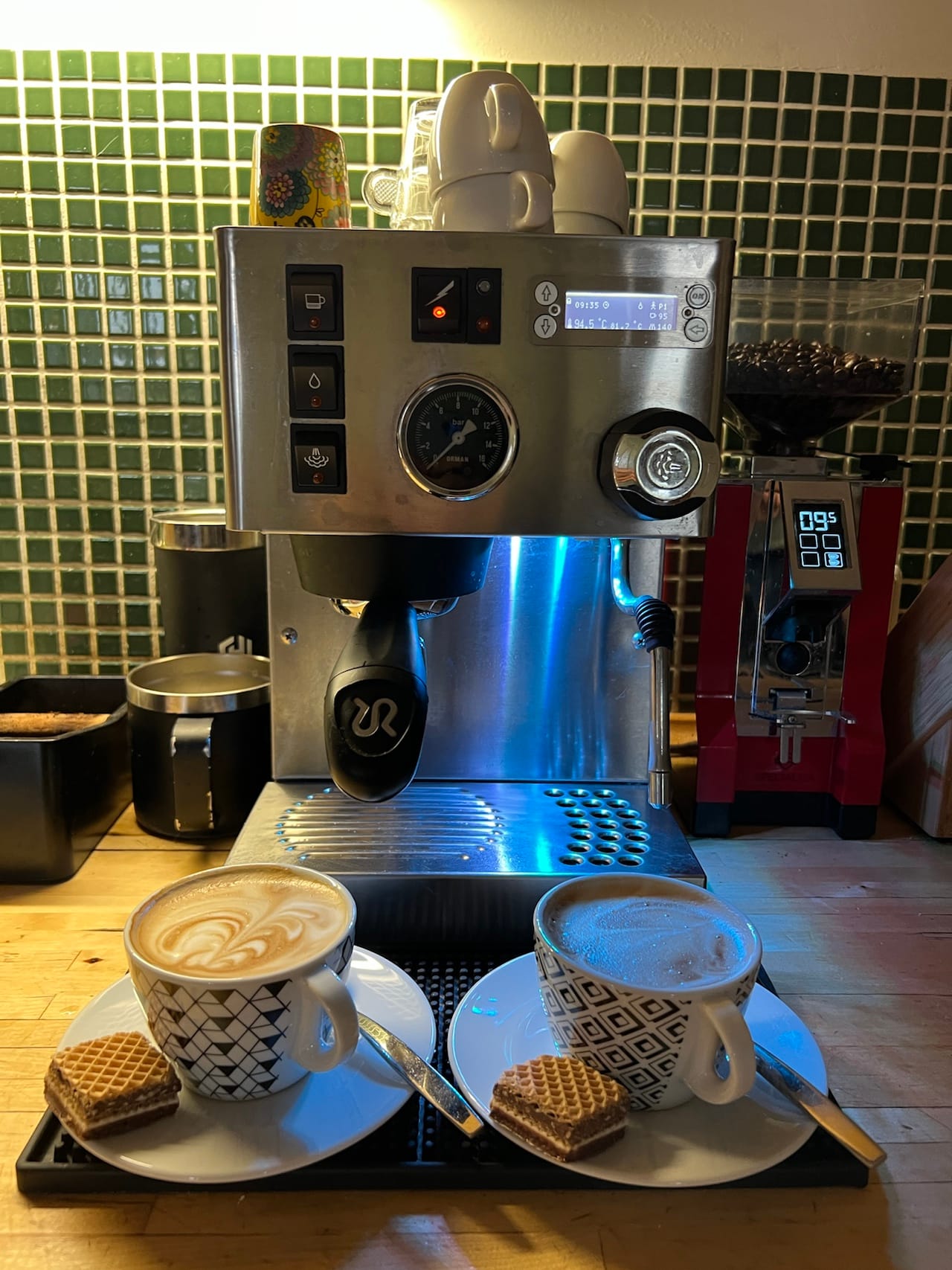
Reflections
Do I have the perfect setup? Probably not. There’s always room for improvement. But you need to balance what you want to achieve with the time, money, and effort you’re willing to invest. Machines like this require skill and patience — far more than just pressing a capsule button.
What I’ve learned through all this is simple: the best coffee is the one you love to drink.
For me, this journey has been both a lesson in humility and an exercise in curiosity. I discovered that I don’t know everything — and that’s perfectly fine. What matters is that every morning, I get to start my day with a cup that feels just right.